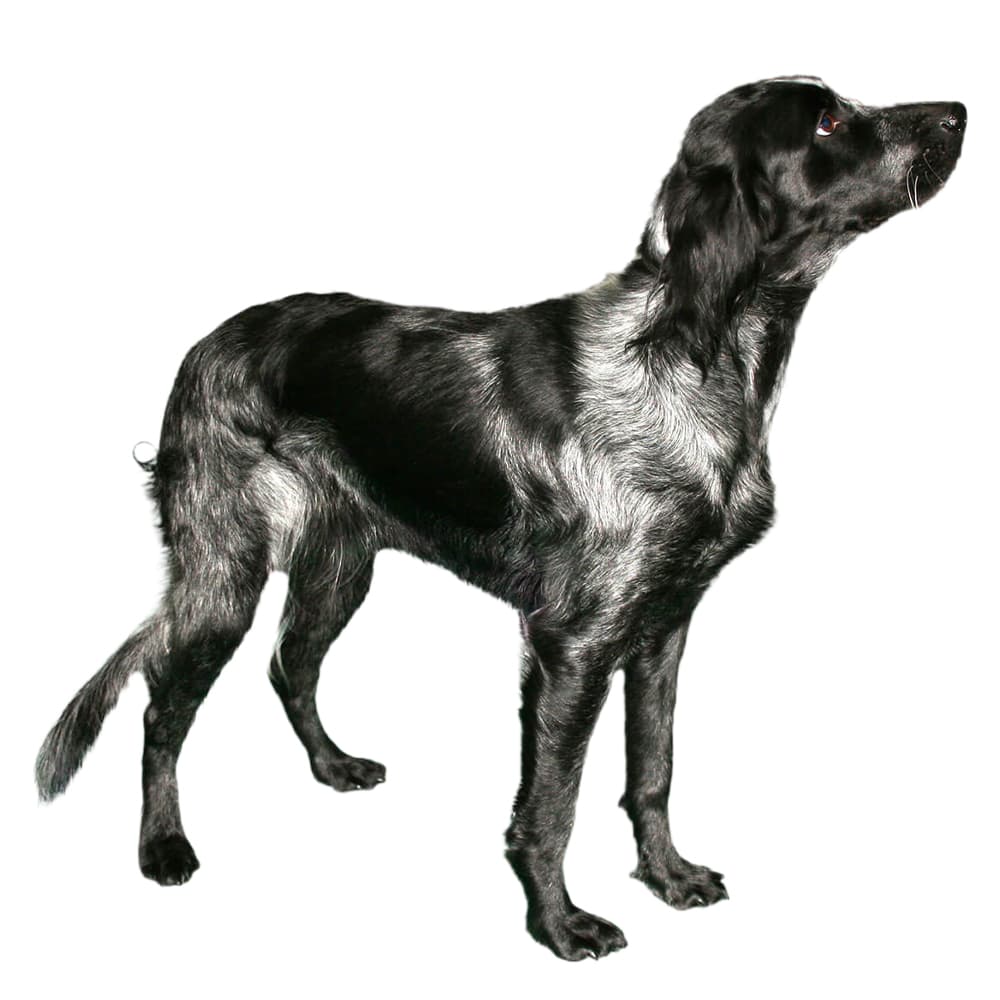Basepaws analyzes this breed as part of a group of other breeds.


Basepaws analyzes this breed as part of a group of other breeds.


Basepaws analyzes this breed as part of a group that also includes Blue Picardy Spaniel, Picardy Spaniel.
Despite being distinct in characteristics and origin, some pairs or groups of breeds lack the number of genetic differences required to distinguish these populations from one another, particularly when only a subset of these differences are inherited by a mixed breed dog. As we continue to expand our breed database, we aim to increase the resolution of our ancestry algorithm such that differentiating between increasingly specific ancestral sources becomes possible.

The Blue Picardy Spaniel, also known as the Epagneul Bleu de Picardie, resulted from breeding old French spaniels crossed with the Blue Belton English Setter and the Gordon Setter. The first black, blue/grey coated spaniel that came to symbolize the breed was first seen in 1875. The Blue Picardy Spaniel is classified as a different breed than the Picard Spaniel, specifically because of its skin color and distinctive coat. They were bred to retrieve during a hunt, and are known to love water. By the 1960s after World War II, the breed came close to disappearing. By 2003, the dedicated efforts of breeders finally came to fruition, and the Blue Picardy Spaniel outnumbered their cousin the Picardy Spaniel.
The Blue Picardy Spaniel is a generally healthy breed, but can suffer from hip dysplasia and eye disorders such as ectropion. They can be prone to ear infections and obesity. Genetic testing is recommended, including for the following additional conditions: hyperuricosuria, degenerative myelopathy, and progressive rod-cone degeneration.
Blue Picardy Spaniels are known for their intelligence, gentle nature, and high energy levels. They are keenly attentive and easily trainable, making them good family dogs. However, their energy level requires consistent exercise and mental stimulation. Their hunting heritage also means they may have a strong prey drive, so they might not be suitable for homes with small pets unless socialized properly from a young age.
They are generally good with children and show a patient and tolerant temperament. Despite their high energy, they can also be calm indoors, which contributes to their success as family pets.
Like many sporting breeds, they require interaction with their human family and don't do well if left alone for long periods. They are usually good with other dogs and can be sociable, making them good candidates for multi-pet households.
The Epagneul Bleu de Picardie was recognized by the United Kennel Club (UKC) on January 1, 1996.
The Picard Spaniel and Blue Picardy Spaniel Club was formed in 1921.
https://www.ukcdogs.com/epagneul-bleu-de-picardie https://www.vetstreet.com/dogs/blue-picardy-spaniel/ https://www.petguide.com/breeds/dog/blue-picardy-spaniel/ https://www.ckc.ca/en/Choosing-a-Dog/Choosing-a-Breed/Sporting-Dogs/Spaniel-Blue-Picardy
Recommended by top vets with decades of experience
21 breeds
64 genetic health markers
50 genetic trait markers
